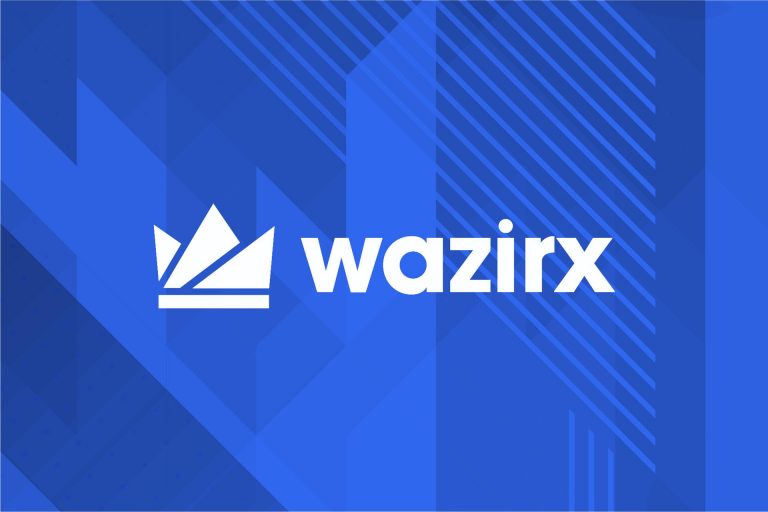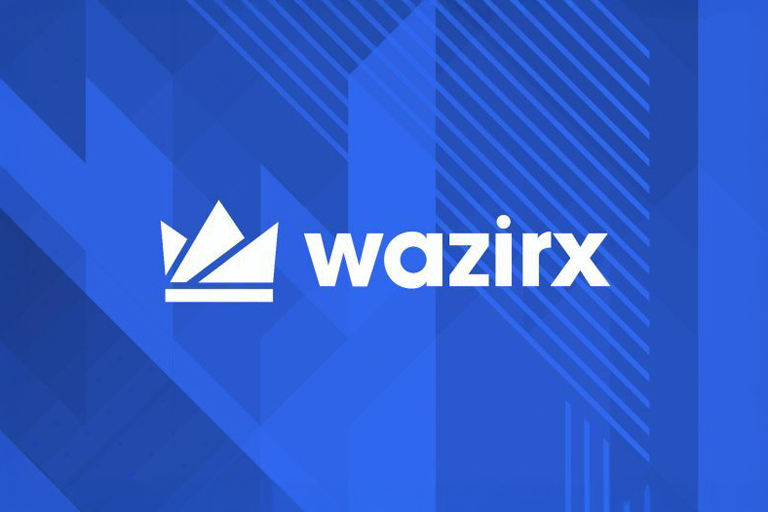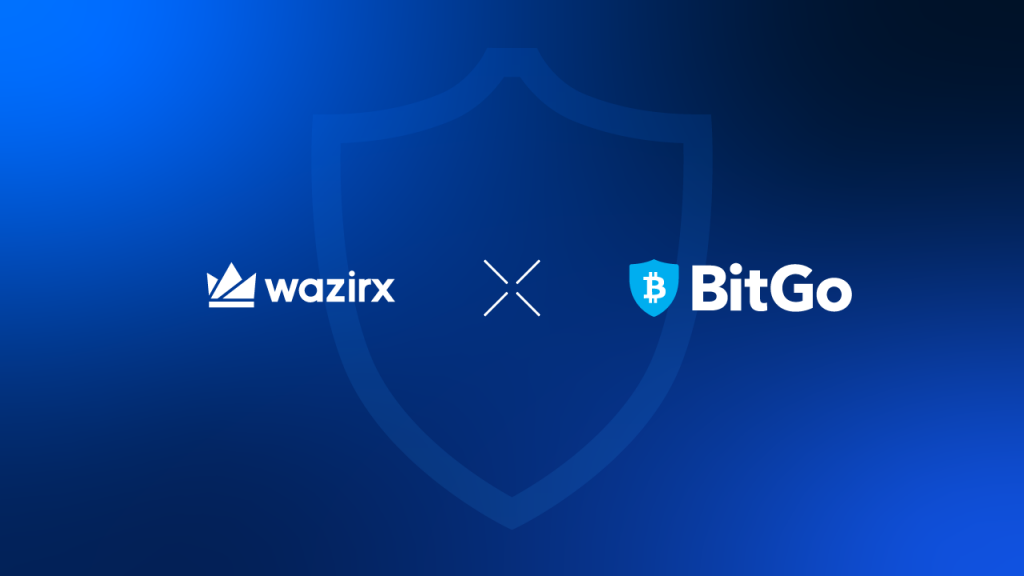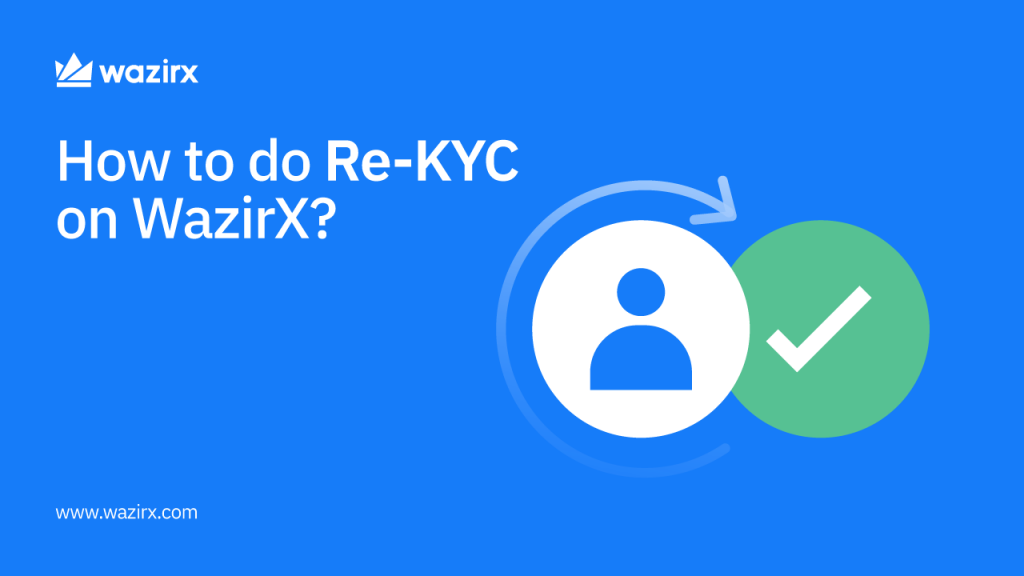
Here is a day-wise report on actions taken after the cyber attack on July 18, 2024. We will update this blog frequently to inform you about our progress and the…
WazirX Content TeamJuly 28, 2024
 Announcements
Announcements
 Announcements
Announcements
 Announcements
Announcements
 Announcements
Announcements
 Announcements
Announcements
 AnnouncementsWazirX Guides
AnnouncementsWazirX Guides
 Recovery
Recovery
 AnnouncementsPress Release
AnnouncementsPress Release
 AnnouncementsRecovery
AnnouncementsRecovery
 AnnouncementsRecovery
AnnouncementsRecovery

© WazirX. All rights reserved